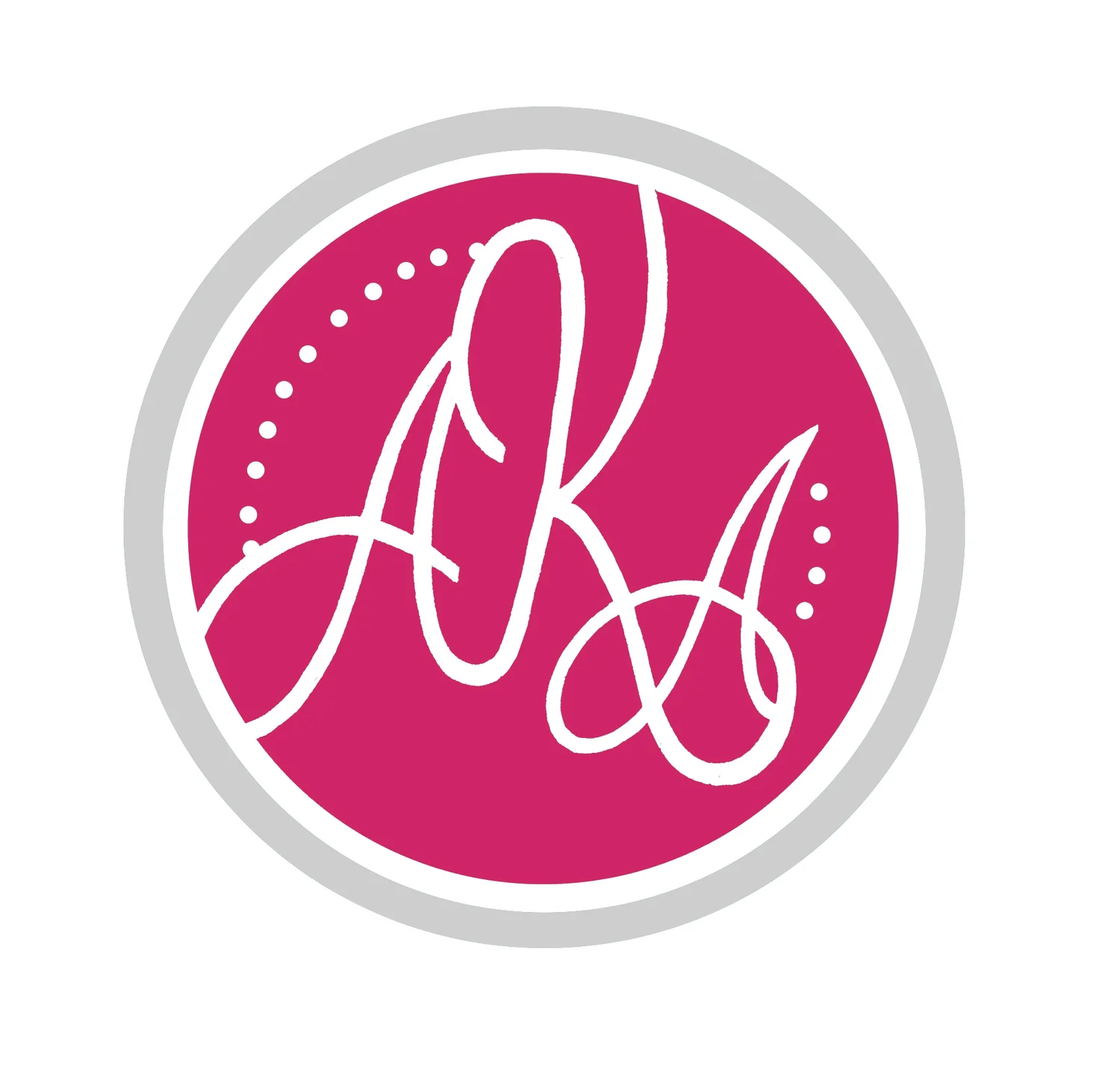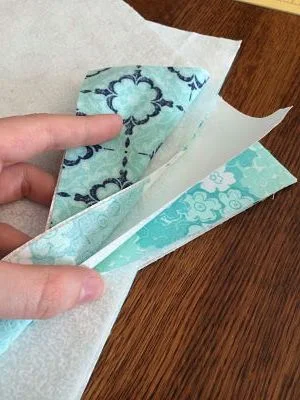Pinwheel Quilt Step Two: Piecework
After this project, I think I will have my fill of triangle practice! I’ve made big and small triangles, and it’s really exciting when it comes time to just do squares again.
In Part One of this Pinwheel Quilt, I forgot to tell you how many squares of fabric you would need in each size.
6” squares:
- 36 blue (you may only need 34…I have extra but don’t know if that’s because I counted wrong when planning or when cutting)
- 32 pink
- 68 white
5 ½” squares:
- 20 blue
- 20 pink
- 24 white
11” squares:
- 16 blue
- 8 pink
- 8 white
When it came to actually putting things together, I decided to start from the middle and work out. This meant getting the easy part out of the way first and saving the more tedious portion for the end. In hindsight, I may do it in reverse next time.
The blue and pink checkerboard in the middle was simple in construction. I did set out the squares before sewing them together. This way I could see how they looked side by side. Then I sewed the squares together row by row and then sewed the rows together. All of the seams on the back are going the same directions. I didn’t press any open.
Next I did the big pinwheels that go around the checkerboard. These are the biggest triangles I’ve done so far. Since these pinwheels are either blue and white or blue and pink, I didn’t have a lot of options of combinations. I decided that the diagonals would match—mostly because it meant that I wouldn’t end up at the end with one pinwheel made of all the same materials. I think they turned out sharp. When possible, I pressed these seams to the darker color—basically I pressed them away from the white unless I couldn’t help it.
I skipped the checkered border around the big pinwheels for the time being and went straight to the small pinwheels around the outside of the quilt. These turned out to be tedious—but well worth the work. I did my usual with the triangles—good sides together and a line down the diagonal.
To speed up the process a little bit, I chose to do some chain sewing. (I don’t know if that’s the technical term for it.) Basically this means that I didn’t cut and trim the thread between each piece. I finished one, pulled it away from the machine a little and sewed one side of the next one. I did this for all of the smaller triangles, in batches. There were a lot of them. And then I turned them around and sewed up the other side of the diagonal.
Once you have the diagonal seams done, it’s time to cut down that center diagonal line—woo!
And then iron them flat!
Four of the blue/white triangle squares will go to the pile of squares for the border between the small and big pinwheels. You can set those aside whenever you like.
For the smaller pinwheels, I did the pink first. I laid them all out and then sewed them all together. Followed by the blue/white pinwheels.
These are not perfectly square. That’s okay—this will be fixed in the quilting stage (part three).
The last stage of the piecing step is the square border between the big and small pinwheels. This border is attached to the big pinwheels for the quilting. It actually makes it a lot easier to ensure things are lining up the way they are supposed to. I only put together the squares that went on each big pinwheel (4 squares per pinwheel, with the exception of the corner pinwheels, which got 8 and the corner piece).
And this is where I stopped. I’m doing a Quilt As You Go method for this quilt, so the next stage is the quilting. Be looking for Part Three in a few weeks!

















